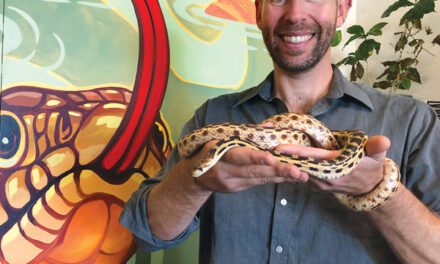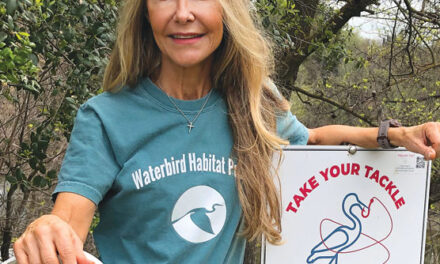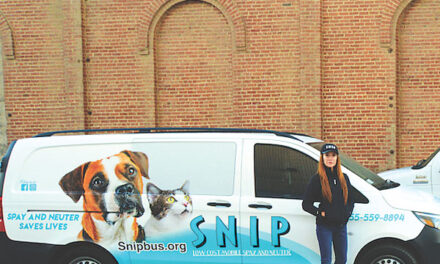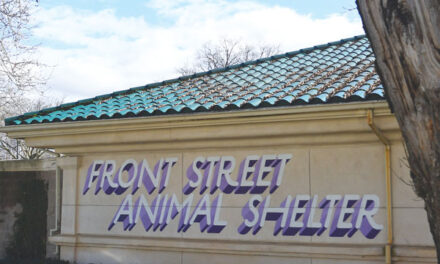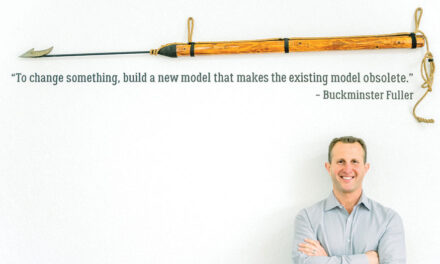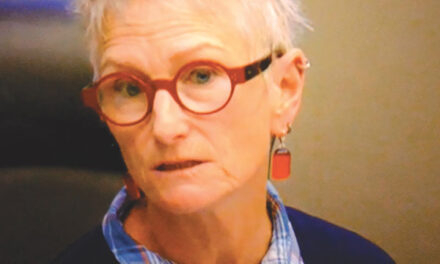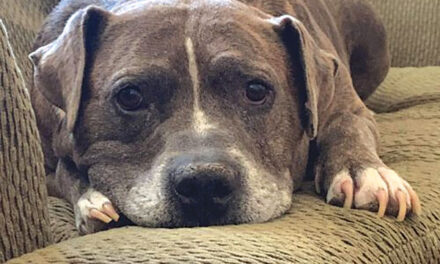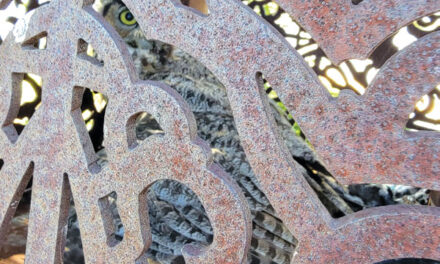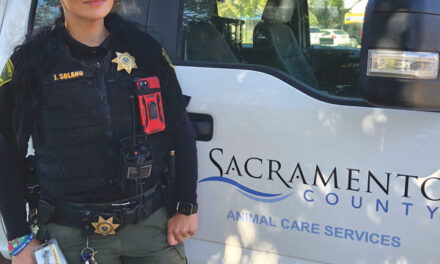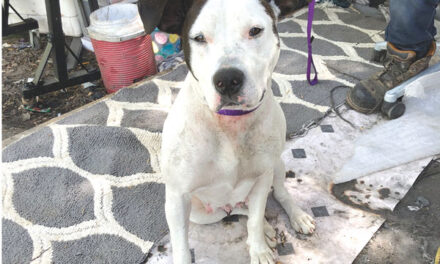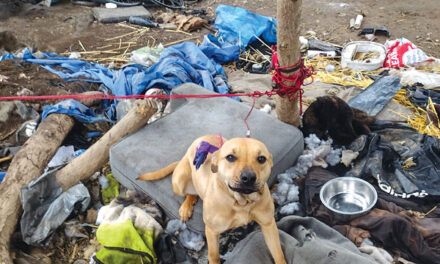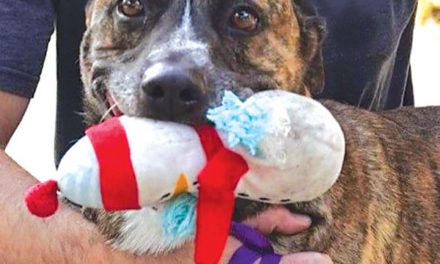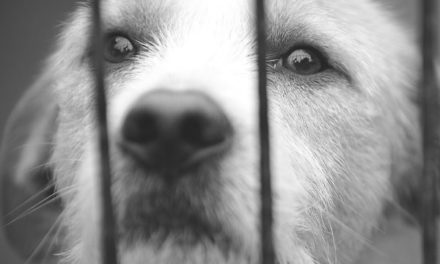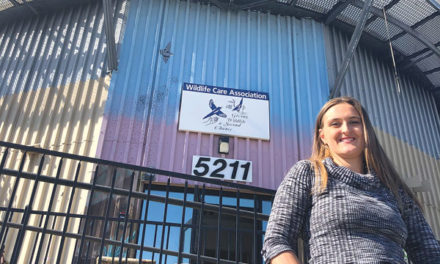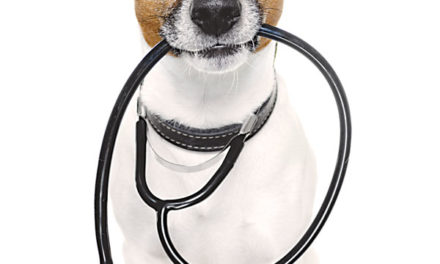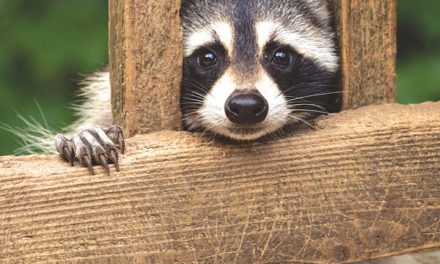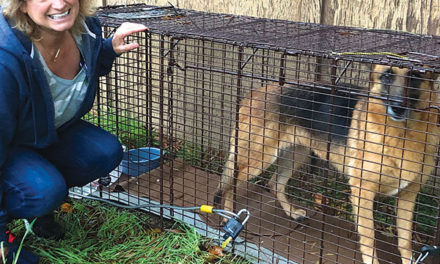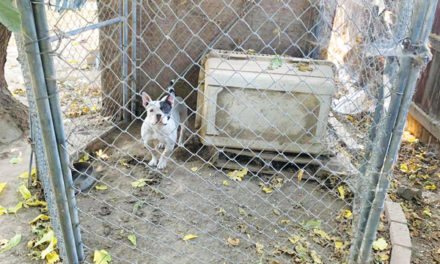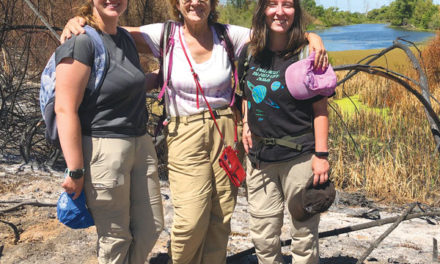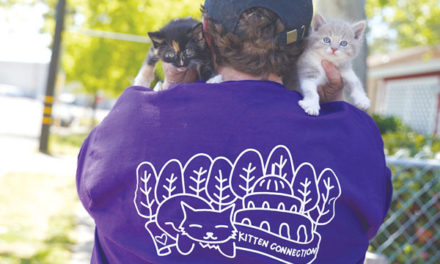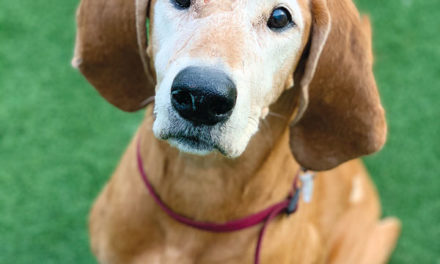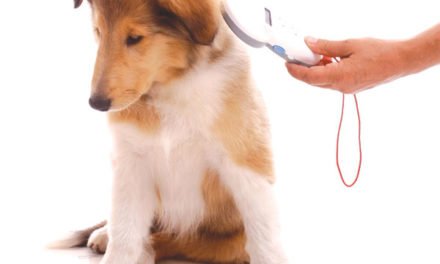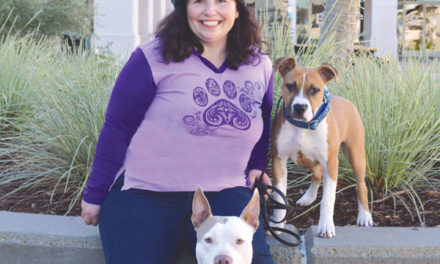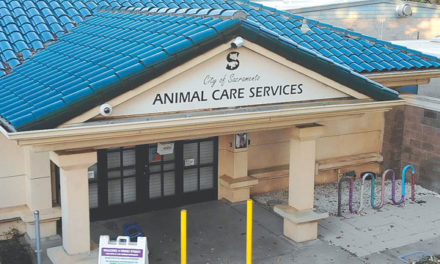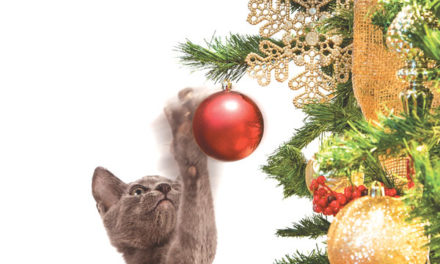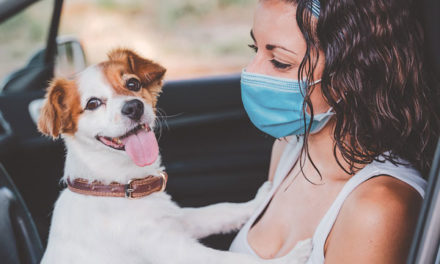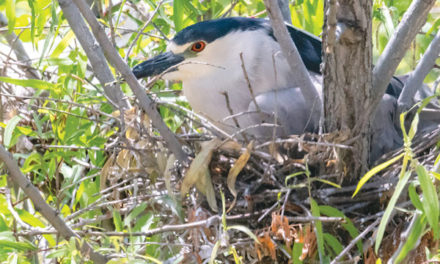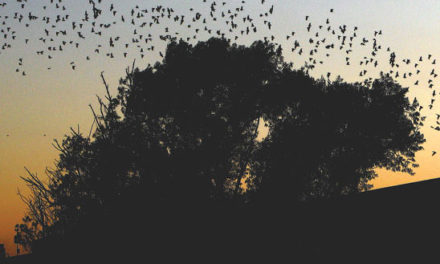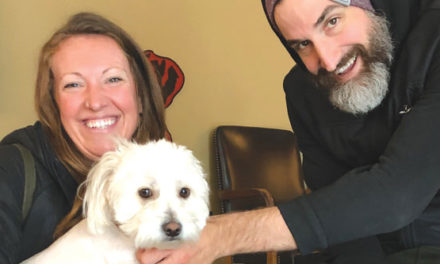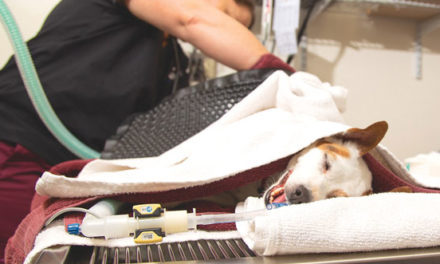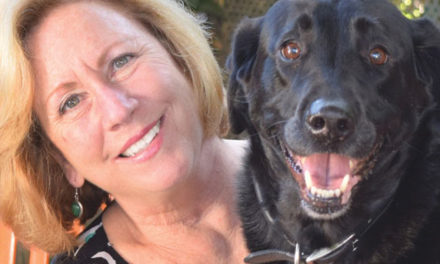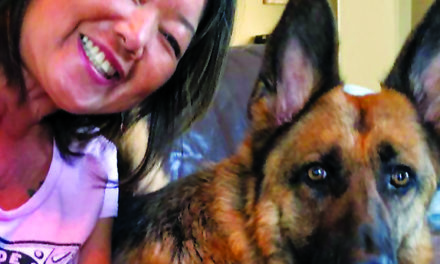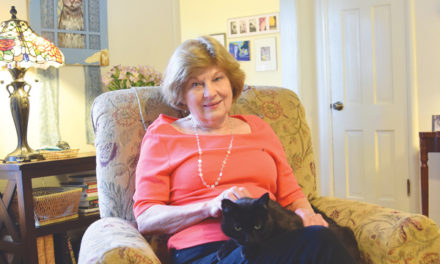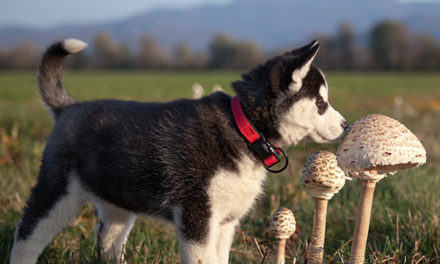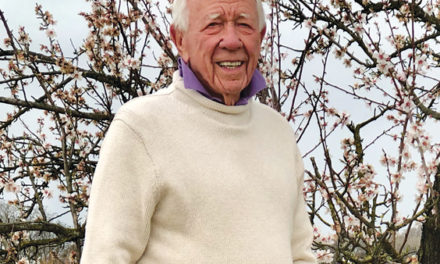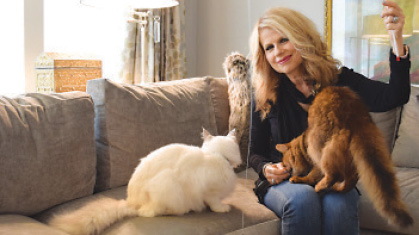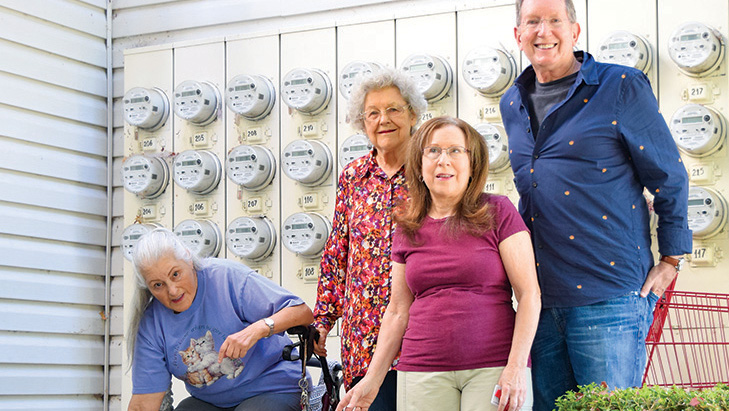
A “civil war” is how Leslie Finke describes the situation among residents last year at the Albert Einstein Center in Arden-Arcade.
“It got downright vicious,” says Finke, the center’s executive director for 37 years. “I’ve been here a long time. I’ve never seen such disharmony in the building. It was a civil war here. People were so mean to each other.”
The problem was feral cats.
At the height of the controversy, 12 to15 unaltered felines, mostly untouchable, had taken up residence in and around the grounds of the Einstein Center, a 78-unit independent living facility for people 62 years and older or disabled.
Situated close to several large apartment complexes, the center has long been a harbor for cats left behind when tenants move out, as well as those who are just discarded. “Next door is beautifully landscaped now. But it used to be a field of overgrown weeds,” Finke says. “People were dumping cats there all the time. We’ve had cats there for decades.”
The stray and feral felines became a problem when the center was mandated a nonsmoking building, explains Finke. “People couldn’t smoke in their apartments, so we created a space outside for people to smoke. And when people started smoking out there, they started seeing all these cats.”
“The smoking area became a lightning rod for everyone,” says Lauren O’Keefe, a former resident concerned with the cats’ wellbeing.
“Some people were feeding them—leaving food out—which was attracting skunks and raccoons and opossums,” Finke says. “So, you had a variety of people who loved the cats and wanted to feed them. And you had a variety of people who hated them.”
MEETING WAS CALLED
“The cats were getting into the raised garden beds and pooping,” Finke recalls. “There were cat fights and meowing at night.” It was not long before kittens started showing up.
So, in November 2017, Finke called a two-hour meeting to seek resident participation in solving the center’s kitty conundrum. To help facilitate the meeting, Finke invited a representative from Sacramento Feral Resources, a volunteer group that provides guidance to the community regarding stray and feral cat populations.
According to Sacramento Feral Resources, feral cats (also known as “community cats”) typically avoid people and cannot be touched or handled by humans. They usually live outdoors in colonies. Simply trapping and removing the felines has proven ineffective—other cats will find their way into the neighborhood and quickly repopulate.
The initial meeting was well attended by nearly 50 people, weighing in on both sides. But “things got pretty explosive,” Finke says. Some residents walked out.
Despite the acrimony, the group decided that TNR (trap, neuter, return) was the best solution. With the help of volunteers, residents and family members, the cats were carefully caught using humane traps, transported to low-cost clinics for spaying and neutering, vaccinated for rabies, and returned to the center. Cats that needed medical attention were treated. Ears were notched (a quarter inch removed at the tip of one ear), a universal sign that the cats had been altered.
ONE YEAR LATER
The original colony is down to seven cats now—Lisa, Harley, Goldie, Lyuva, Alexandra, Blondie and Victor Victoria—with about seven feeding stations strategically placed around the center grounds.
“Two of the cats were relocated to a barn program,” says O’Keefe, referring to a safe and secure outdoor area with a barn or other structure to shelter unfriendly felines. “We wanted them to take more, but they fill up so fast,” she adds.
Angie Ferrando and Ann Nelson, who have each lived at the Einstein Center for approximately five years, do most of the feline feeding. Working as a team, they carefully analyze the best locations to place dry kibble and the ideal food/water bowl arrangements to reduce sabotage by other residents who still don’t approve of cats. Food is donated by the center, tenants, friends and family, and kept in Nelson’s apartment.
“We’re more than friends of the cats,” Ferrando says. “We love those cats. Most were born here—they’ve become family.”
Unfortunately, kittens were recently spotted around the back gate of the complex, so the residents set up another feeding station with high-calorie kitten food for the babies and their emaciated mama while she’s still nursing. One big unaltered male has proven impossible to trap, and other strays come and go. Trapping will need to resume soon.
“TNR benefits the cats and the community,” according to the Sacramento County Animal Care and Regulation website. “Together, we can educate people about feral cats and spread the word that TNR is the humane and effective approach for feral cats.”
For information on how to help feral and stray cats in the community, visit Sacramento Feral Resources at http://www.sacferals.com.
Cathryn Rakich can be reached at crakich@surewest.net.




